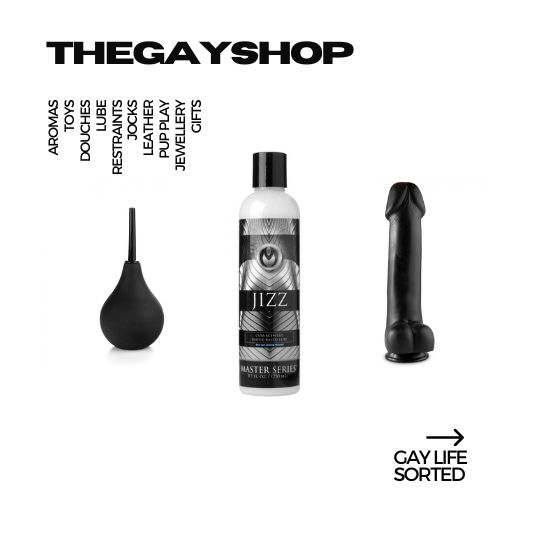A new study of gay couples has found that the HIV positive partner did not pass on the virus to their partner if they were on HIV treatment

A study of 343 gay couples, where one partner had HIV and the other did not, has not found a single case of HIV transmission despite 16,889 acts of condomless anal sex.
The Opposites Attract study looked at whether HIV is transmitted between gay male couples of different HIV status when the HIV-positive partner is on treatment that fully suppresses their HIV. The HIV-positive partners in Opposites Attract had a so-called ‘undetectable viral load’ 98% of the time.
The study recruited and followed-up gay couples at clinics in Australia, Thailand and Brazil.
The study was presented at the International AIDS Society Conference on HIV Science in Paris today. A detailed analysis of the research findings is available on NAM’s website, www.aidsmap.com
The evidence from Opposites Attract adds to the evidence from the PARTNER study that HIV-positive people on effective HIV treatment that fully suppresses their virus cannot transmit their infection through sex. Taken together, the two studies have not found a single case of HIV transmission in nearly 40,000 acts of condomless anal sex between gay men.
This new data adds further strength to the “U=U” (Undetectable equals Untransmittable) tagline of the Prevention Access Campaign, whose consensus statement has been signed by both NAM and the International AIDS Society.
Professor Andrew Grulich of the Kirby Institute and chief investigator on the study summed up the findings,
“Our data add to previous studies which show that there has never been a recorded case of HIV transmission from an HIV-positive person to their HIV-negative sexual partner when the HIV-positive partner had undetectable viral load.”
NAM’s Executive Director, Matthew Hodson, commented,
“In terms of HIV prevention, if condom use is safer sex, then sex with someone who has maintained an undetectable viral load is even safer sex.”
The studies also found that if the positive partner is on successful treatment, even having another sexually transmitted infection does not increase the risk of HIV being transmitted. Significant numbers of participants in both studies had a sexually transmitted infection at some point.
Topping or bottoming made no difference to the findings when HIV-positive partner is on treatment
Sexual position also made no difference even though when viral load is not suppressed and condoms are not used, transmission is 10-20 times more likely if the HIV-positive partner is the ‘top’ rather than the ‘bottom’.
Matthew Hodson welcomed the new data,
“We’ve known for many years that HIV treatment, as well as saving lives, also plays a role in reducing transmission risk. Our confidence that those of us with HIV are not a risk to our sexual partners is crucial to the transformation we have seen in HIV since the introduction of effective treatment.”
Matthew Hodson continued,
“For many years, those of us with diagnosed HIV have had to live with the idea that our bodies are dangerous. This has had a profound emotional impact on many people. It is wonderful to consider what this news can mean to people with HIV who are too scared to have sex in case they pass their virus on, or to those in relationships with HIV-positive people whose sexual pleasure has been hampered by fear.
“The preventative impact of effective HIV treatment underlines the importance of expanding access to treatment and of improving treatment uptake and adherence for all people living with HIV worldwide.”
Reporting from NAM aidsmap



